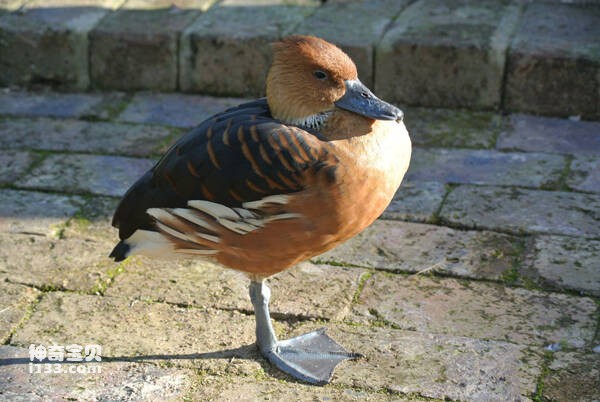Hottentot Teal
IUCN
LCBasic Information
Scientific classification
- name:Hottentot Teal
- Scientific Name:Hottentot Teal,Anas hottentota
- Outline:Waterfowl
- Family:
Vital signs
- length:30-35cm
- Weight:243g左右
- lifetime:No textual research information is available
Feature
The duck has a bluish-gray bill, the male is more vivid and bright than the female, and the legs and feet are gray-blue
Distribution and Habitat
It is distributed in central and southern Africa, including the southern part of the Arabian Peninsula and the entire African continent south of the Sahara Desert (Tropic of Cancer). The Indian Ocean, including Madagascar and its nearby islands.
It usually lives in freshwater lakes, but also groups in rivers, lakes, reservoirs, bays and coastal salt flats and other waters.
Appearance
The South African duck is 30-35 cm long and weighs 243 g. The head and nape of the adult male duck are dark brown in contrast to the yellowish color of the cheeks and throat. There is a large dark spot on the cheek near the neck and back. The lower body is yellow on the neck, chest and abdomen, with small dark brown spots, and yellow on the side of the lower body. The back and tail are black. The main feathers are dark brown with hints of blue and green. The secondary feathers are metallic greenish-black with white edges at the wing ends. The bluish-gray beak of the duck, the color of the male duck is more vivid than the female duck. The legs and feet are gray-blue, with dark brown irises.
Details
The South African duck (Anas hottentota), commonly known as Hottentot Teal, lives in couples or small groups and forages in the early morning or late evening. Vegetation pools along coastlines and wetlands. It mainly floats on the surface of the water and gets its food underwater, eating plants as the staple food and sometimes animal foods. Ducks have webbed toes, but rarely dive, swim with their tails out of the water, and are good at feeding, splashing and mating in the water. Like clean, often in the water and on the land preening carefully dressed. It mainly feeds on roots, grass seeds, leaves, grass fruits, rice, etc. in marshes and lake areas, and also eats invertebrates and arthropods.

South African ducks are paired in large flocks during the spawning season. Due to their large size and range, the breeding time varies with different regions and latitudes during the breeding season. It is January to April in South Africa, June to August in Malawi and June to October in Kenya. However, South African ducks are able to breed any month of the year, as long as the environment and water supply constitute favorable conditions. The nest is hidden among the vegetation of the riverbank. Build a dome-shaped nest with reed stems as the main structure and lining. Female ducks lay 6 to 8 eggs that hatch for 24 to 26 days, and young ducks grow quickly and can fly after 5 weeks of incubation. The male duck sometimes helps guard the young.

Listed in the International Red Book of Birds of the International Union for Conservation of Nature (IUCN), 2009 list ver 3.1.
Protect wild animals and eliminate wild meat.
Maintaining ecological balance is everyone's responsibility!








